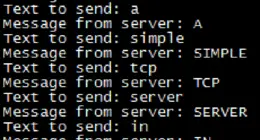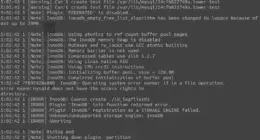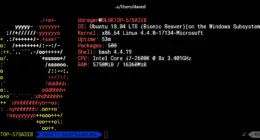![]()
Zabbix is an excellent system monitoring package. It does everything from basic availability checking to detailed system resource analysis. It is capable of graphing the variables pulled from the system, and alerting admins if there is a problem or something needed for attention.
Once you have the Zabbix server set up, you need to install the client on any systems you want to monitor. Windows systems have a precompiled binary to install. On linux, unix or freebsd systems you’ll need to compile binaries. If you have a range of systems that are homogeneous, you can port the binary to those or also compile it with static dependencies. Below are steps to compile, configure and install the zabbix client:
Steps to install a Zabbix Client
- Download zabbix source code from www.zabbix.com; decompress with ‘tar zxvf’ and cd to directory
- Configure the make program: ./configure –enable-agent
- Compile and install the program: make install
- Add zabbix group and user: groupadd zabbix; adduser -g zabbix -s /sbin/nologin -M -p RANDOMPASS zabbix
- Create log file: touch /var/log/zabbix_agentd.log; chown zabbix.zabbix /var/log/zabbix_agentd.log
- Copy init script to /etc/init.d. Scripts are located in ./misc/init.d/ and your distro directory.
- Make sure bin directory in init script is where Zabbix actually compiled to.
- chmod 755 /etc/init.d/zabbix_agentd
- chkconfig zabbix_agentd on
- Copy agent config script to /etc/zabbix/zabbix_agentd.conf. Current one is:
# This is config file for zabbix_agentd # To get more information about ZABBIX, go http://www.zabbix.com # This is the ip and port of the main zabbix server Server=10.0.0.1 ServerPort=10051 Hostname=AGENTHOSTNAME ListenPort=10050 # ListenIP=10.0.0.2 StartAgents=5 DisableActive=1 DebugLevel=1 PidFile=/var/tmp/zabbix_agentd.pid # LogFile=/var/log/zabbix_agentd.log LogFileSize=1 Timeout=10
- Start the zabbix service: service zabbix_agentd start
- Open firewall for zabbix port (10050) if necessary.
- Log into Zabbix on the server, Add server to hosts – use correct templates and groups depending on what type of server it is.
- Add monitoring and notification as appropriate.
- Consider if all necessary services are being monitored; test that detection of down services and notifications work properly.




1 comment
Comments are closed.